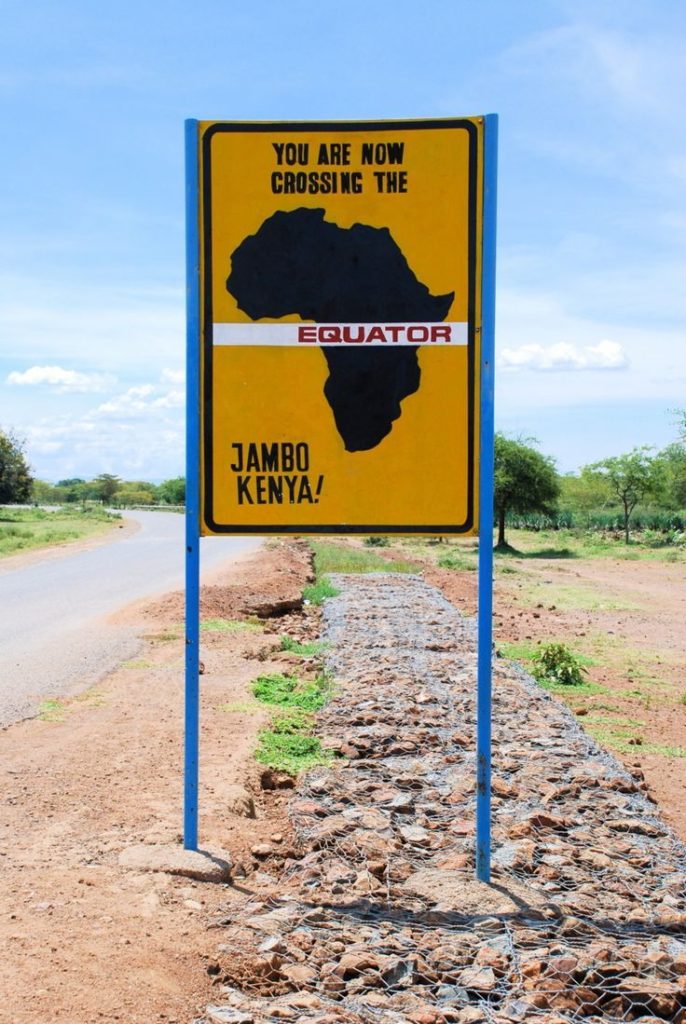The Physics Associated with the Equator

Image credit: Kenya Travel

Image credit: Kenya Travel
The Nyeri-Nanyuki Highway is famed for many things, but none beats the yellow signpost, a landmark that lets you know that you are passing the equator – the halfway line between the North and South Pole. Kenya is one of the countries fortunate to host the equator, which means we mostly have equatorial or tropical climate for the better part of the year.
And so, whenever travelers find themselves on the popular highway, they’ve been known to stop and take a few pictures standing beside the famous yellow signpost that has the map of Africa and words such as Kenya, Equator, and Nanyuki.
Though, beyond the landmark’s photogenic nature, this equator point is special for another reason. But to get to it we must usher you into a virtual physics class…. are you ready?
The first thing to know is the term ‘Coriolis Effect’. In Physics, this is the effect that occurs when an object moving along a straight path is viewed from a non-fixed (or moving) frame of reference. The moving frame thus makes the object appear to be moving along a curved path. To use a relatable example, think of an airplane. If it was moving in a straight line towards a specific direction, an observer from the ground would see as though it is moving in a curved path. The Coriolis Effect is as a result of the earth’s rotation and so as the earth spins counter-clockwise on its axis, anything flying far above the earth’s surface is deflected.
Now at the Nanyuki equator point, if you have some time, the local tour guides have been known to indulge visitors in a concept tied to the Coriolis Effect. They set up a jug at different points: ten feet north of the equator, at the equator, and 10 feet south of the equator. The jug usually has a hole in the bottom where the visitor is asked to place a finger. Thereafter water is poured into the jug and two fairly small sticks are placed inside the jug to float on the water. Once this is done, the visitor is asked to remove their finger so that the water can flow freely and this is how you come to discover why the equator is interesting. 10 feet north of the equator, as the water pours out of the jug, the sticks move in a clockwise direction. 10 feet south of the equator, they move in an anti-clockwise direction. At the equator, the sticks do not move at all. This experiment is done to show the deflection of the earth’s rotation.
Eager to physically try this physics experiment? Then the equator point in Nanyuki is surely calling your name. Remember to take a picture when you get there.
#KePlaces



